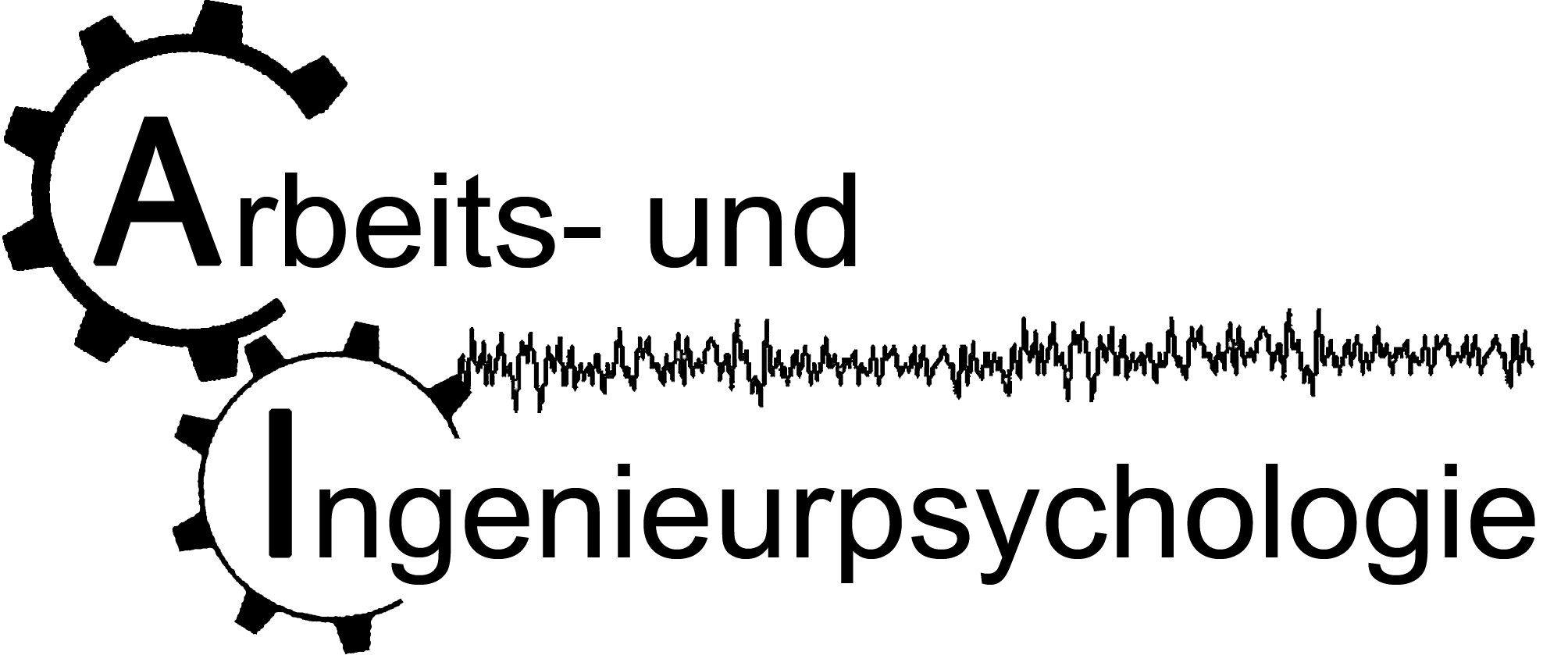During EEG recording, voltage changes in the µV range are measured at the head surface by means of electrodes. The origins of the brain electrical activity measured by EEG are summed postsynaptic membrane potentials of many individual neurons over time. Most of the measurable electric field is due to voltage changes in the apical dendrites of pyramidal cells running horizontally to the head surface. The EEG offers a very high temporal resolution in the recording of brain electrical activity (~1 ms) and thus allows precise information about when certain processes take place. In contrast, the spatial resolution of the EEG is relatively low, which limits the ability to assign specific brain areas (the where) to the measured activity patterns.
The FAI has the following EEG facilities: 1 B-Alert 24 EEG device with 24 channels, 2 Captive 8 channel devices and a spacious 30 sqm laboratory (Alexanderstr. 10, room S115/013).
Contact: Prof. Dr. Joachim Vogt




